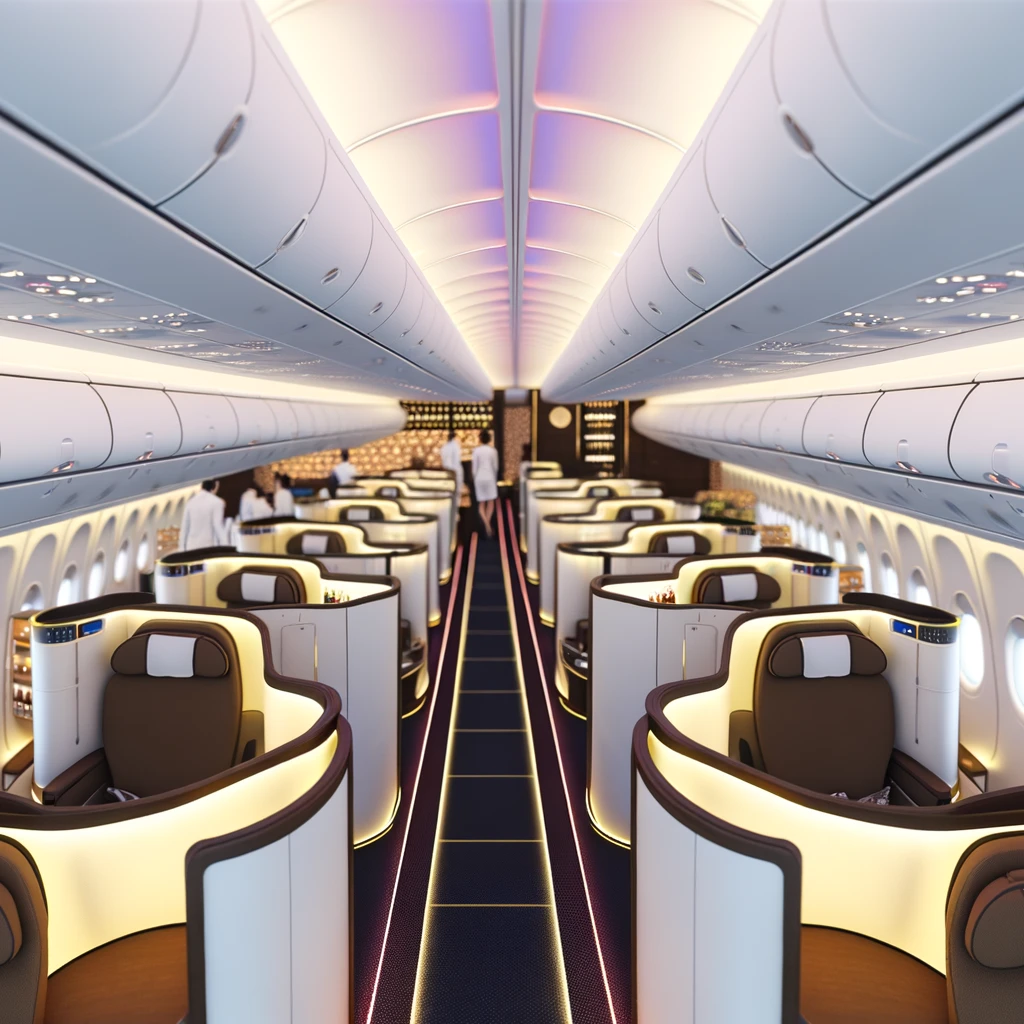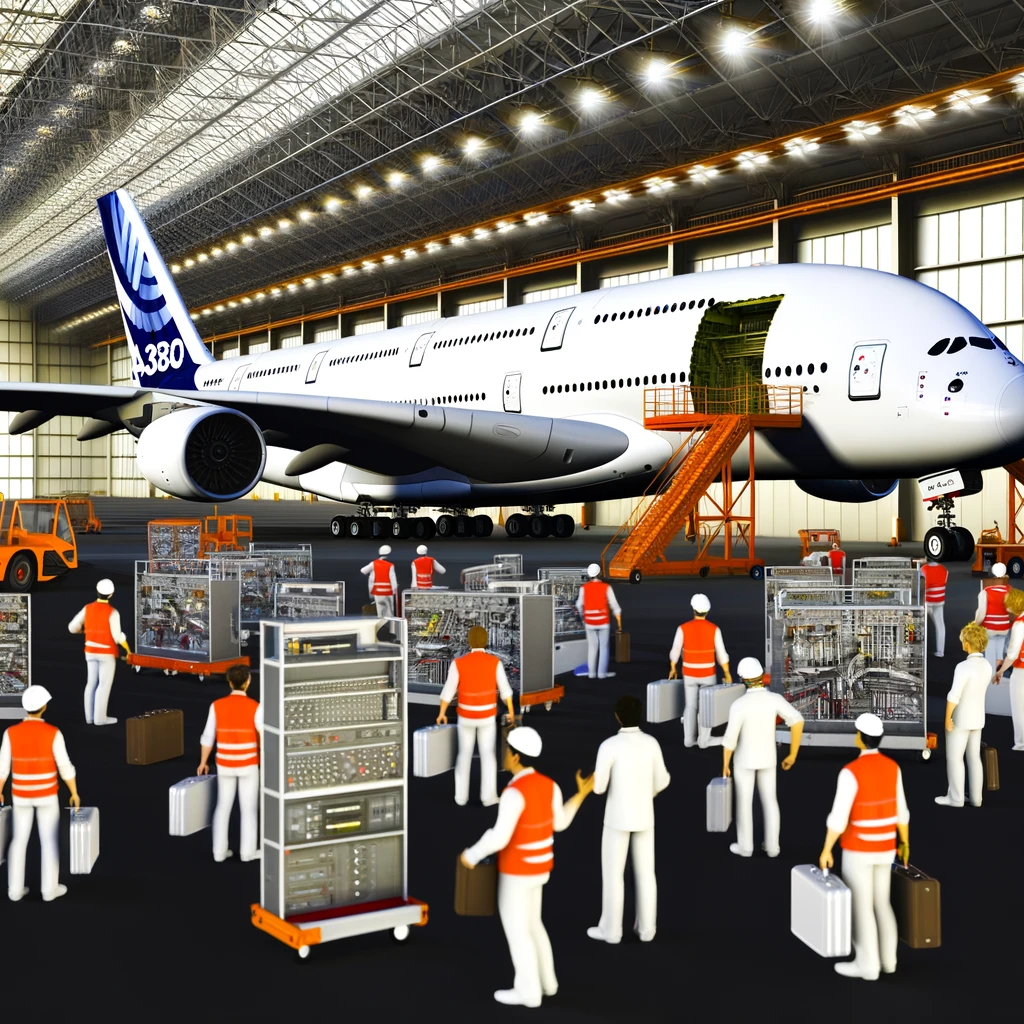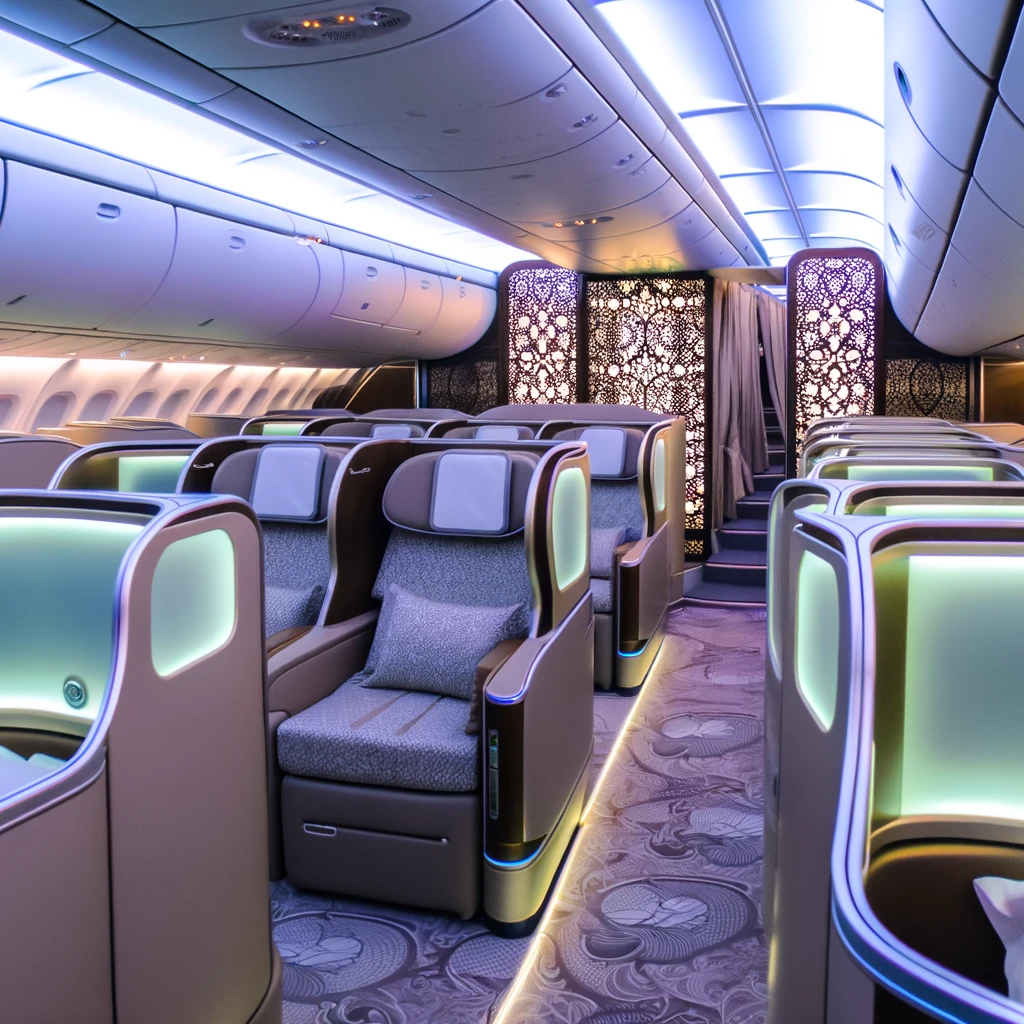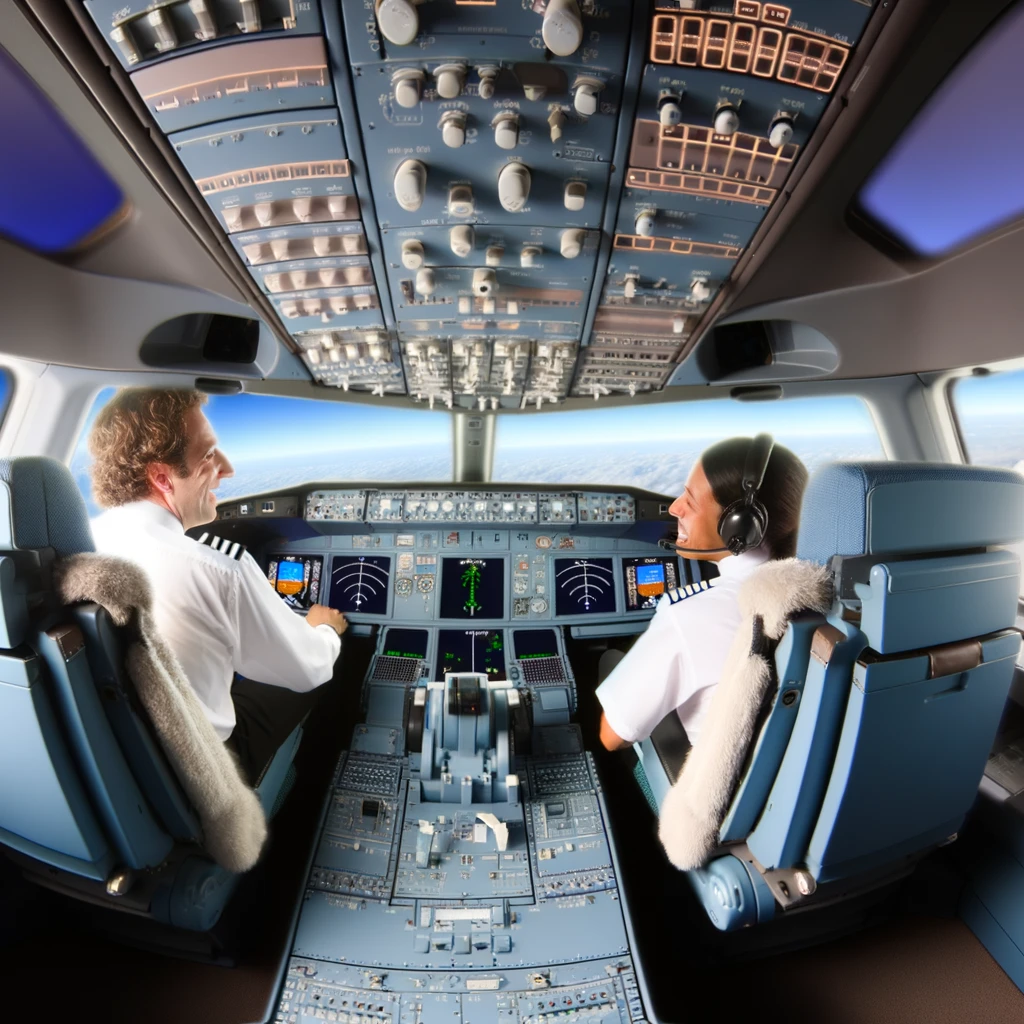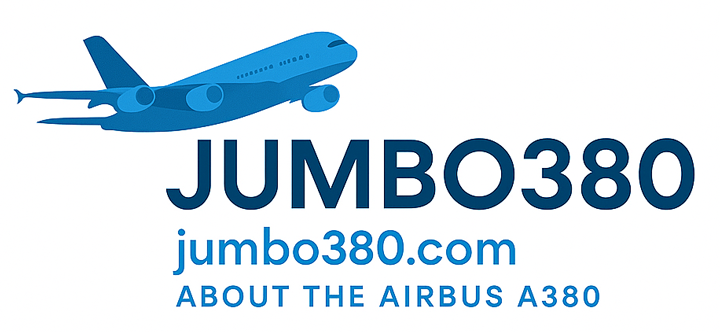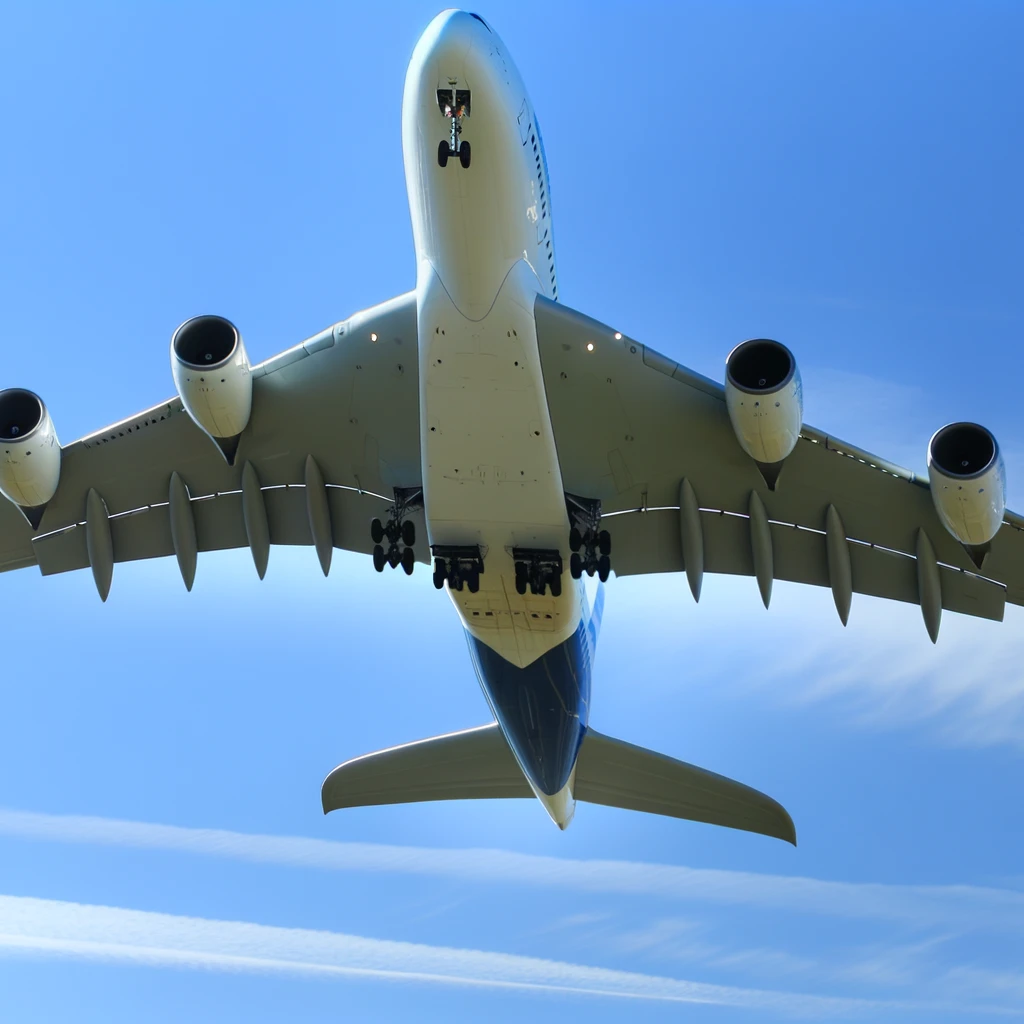
The A380's Contribution to Advancing Aerospace Engineering
The Airbus A380, the world's largest passenger airliner, has not only redefined luxury travel but has also made significant contributions to the advancement of aerospace engineering. This iconic aircraft has been a marvel of modern engineering, pushing the boundaries of design, efficiency, and aviation technology.
Innovative Design and Engineering
The A380's design process involved groundbreaking engineering techniques and materials. With a wingspan of 79.8 meters and a maximum takeoff weight of 1.2 million pounds, the A380 required innovations in aerodynamics and materials science. Engineers utilized advanced composites and alloys to ensure structural integrity while maintaining lightweight properties, crucial for such a massive aircraft.
Composite Materials
One of the key advancements was the extensive use of composite materials. These materials are lighter than traditional aluminum, reducing overall weight and improving fuel efficiency. The A380 was a pioneer in employing these materials on a large scale, paving the way for future aircraft designs.
Enhanced Aerodynamics
Airbus engineers implemented cutting-edge aerodynamic designs to optimize the A380's performance. The aircraft's wings feature advanced winglets that reduce drag, while its fuselage design minimizes air resistance, contributing to fuel efficiency and environmental sustainability.
Wing Design
The A380's wings are a masterpiece of engineering, designed to support the aircraft's enormous size while optimizing lift and reducing drag. The innovative wing design, along with the use of high-tech materials, enables the A380 to achieve remarkable levels of efficiency.
Technological Advancements
The A380 is equipped with state-of-the-art technology that enhances safety, performance, and passenger comfort. Its fly-by-wire system, advanced avionics, and cutting-edge navigation systems represent significant advancements in aircraft technology.
Fly-by-Wire System
This system replaces conventional manual flight controls with electronic interfaces, allowing for more precise control, reducing pilot workload, and increasing safety. The A380's fly-by-wire technology is a benchmark in modern aviation, influencing future aircraft designs.
Impact on the Aviation Industry
The A380 has set new standards in the aviation industry, influencing the design and development of future aircraft. Its contributions to aerospace engineering extend beyond its impressive size and luxury, embodying innovation and efficiency.
Legacy and Future Influence
While production of the A380 has ceased, its legacy continues to influence the aerospace industry. Engineers and designers draw lessons from its successes and challenges, using them to shape the next generation of aircraft that prioritize sustainability, efficiency, and passenger experience.
In conclusion, the Airbus A380 has played a pivotal role in advancing aerospace engineering. Its innovative design, use of advanced materials, and technological breakthroughs have set new benchmarks in the industry. As we look to the future, the lessons learned from the A380's development will continue to inspire and guide the evolution of aviation technology.
Related Articles
